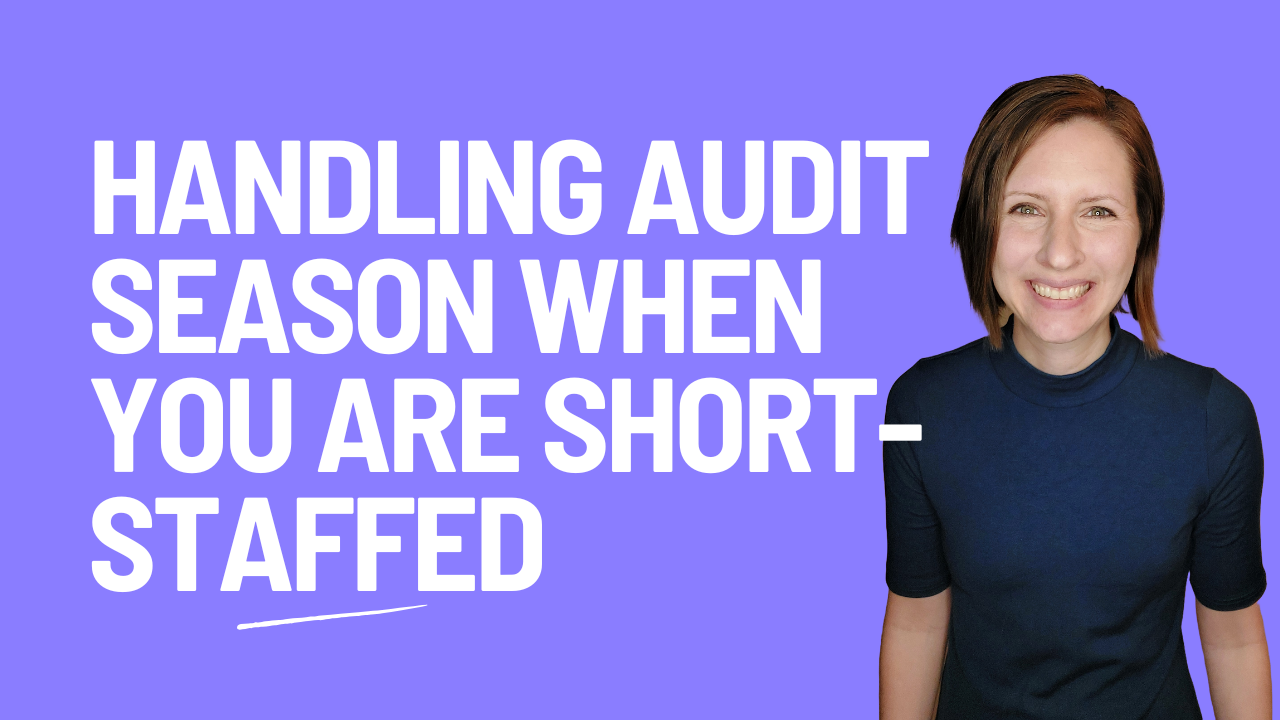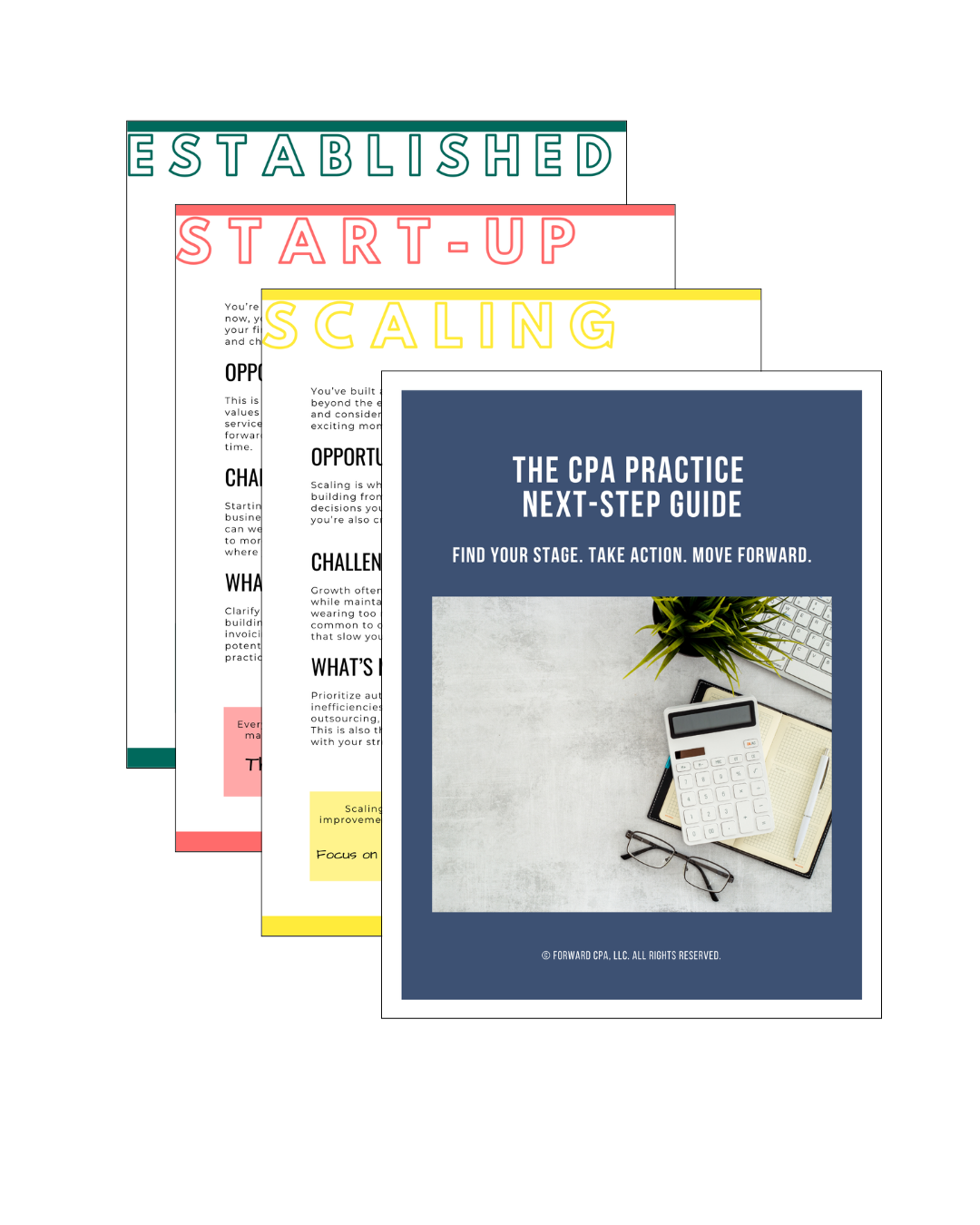Could Smarter Audit Tools Bring More CPAs Back to Government Work?
May 23, 2025
Ask almost any CPA who's worked in government auditing, and you'll hear the same thing:
The work itself wasn't the problem. The process was.
Government audits offer meaning and impact. They keep public dollars accountable. They support schools, cities, and communities.
But they also bring manual processes, outdated systems, inconsistent documentation, and high risk with low reward - especially for small firms.
And that's why so many CPAs have walked away.
Or are thinking about it.
But what if the bottleneck isn't the work itself?
What if smarter audit tools could actually bring CPAs back to this space?
Why CPAs are Leaving Governmental Audits
The reasons aren’t a mystery. We’ve heard them (and maybe said them ourselves):
-
Too much time spent cleaning up client records
-
Manual formatting and documentation that eats up hours
-
Staff who struggle to learn government-specific standards
-
Late nights during audit season
-
Templates that change every year
-
A peer review process that feels like a minefield
Many firms didn’t leave because they didn’t care.
They left because they didn’t see a sustainable way to keep doing it.
What Would It Take to Bring Them Back?
If we want to see more CPAs re-enter the governmental audit space—or keep new ones from leaving—we need to rethink the support structure behind the work.
And that starts with better tools.
Not just faster. Smarter.
What Smarter Audit Tools Could Do
1. Turn Client Chaos Into Structured Intake
Imagine a system that guides clients through uploading records, explains what’s needed (with examples), and validates completeness before you even begin fieldwork.
No more mismatched files. No more follow-up emails.
Just a clear, collaborative start.
2. Auto-Generate Workpaper Templates by Fund Type or Entity Size
Instead of building from scratch or copying last year’s file, what if you selected the entity type and the audit area—and the right workpaper appeared, formatted, referenced, and ready to go?
Built-in audit steps. Standard tie-outs. Review notes already embedded.
The hours saved on prep and review? Game-changing.
3. Drag-and-Drop Disclosures with Built-In Formatting and Guidance
No more fighting with Word. No more copying footnotes and fixing bullet points.
Imagine selecting a disclosure, entering the variables (like debt balances or lease terms), and watching it format itself—compliant with GASB, styled for readability, and easy to update next year.
4. Track Adjustments, Findings, and Review Notes All in One Place
Instead of audit adjustments being buried in Excel tabs or email chains, what if you had a centralized log:
-
Filterable by type, account, or engagement
-
Linked to the supporting workpaper
-
With built-in reviewer sign-off fields
That’s audit quality and efficiency rolled into one.
5. Reduce the Onboarding Curve for New Staff
One of the biggest challenges in governmental audits is training staff who don’t have GASB or Yellow Book experience.
Smart audit tools could do more than streamline the work—they could teach it:
-
Contextual help built into each audit area
-
Hover-over definitions and references
-
Clear workflows that guide even junior staff through fieldwork
Less reliance on 1:1 training. More confidence across your team.
CPAs Don't Need Convincing - They Need Capacity
There’s no shortage of CPAs who care about public service.
There’s no shortage of audits that need to be done.
But there’s a shortage of capacity.
Of systems that support quality without burnout.
Of tools that make the job possible—not just harder.
Smarter audit tools won’t fix everything. But they could be a turning point.
Because when you give CPAs better ways to do the work—they might just want to keep doing it.
Or come back.
Your Next Step Forward
Join the newsletter designed to help CPAs take the next best step in building a practice they love, with practical insights, game-changing tools, and quick wins in every email.
We hate SPAM. We will never sell your information, for any reason.




